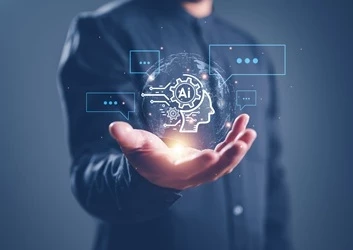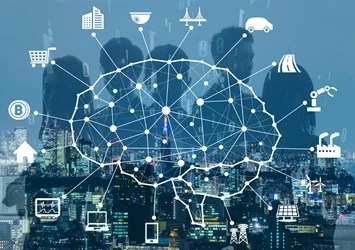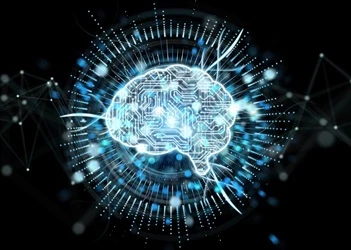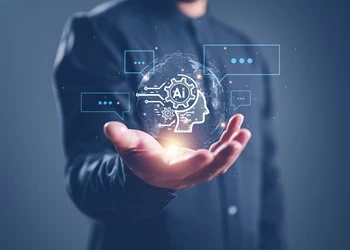Gartner: Organizations must navigate AI & human readiness to drive value
Few organizations are balancing AI and human readiness to find, capture, and sustain value from AI
Add bookmark
Organizations must focus on a combination of artificial intelligence (AI) readiness and human readiness to ensure the right balance to achieve value from AI, according to Gartner.
By 2030, CIOs expect that 0 percent of IT work will be done by humans without AI, with 75 percent done by humans augmented with AI and 25 percent done by AI alone, according to a recent Gartner survey.
However, during the opening keynote of Gartner IT Symposium/Xpo in Orlando, Florida, Gartner analysts told the audience that few organizations are balancing AI and human readiness to find, capture, and sustain value from AI adoption.
Become a member of the AI, Data & Analytics Network for free and gain exclusive access to premium content including news, reports, videos, and webinars from industry experts. Connect with a global community of senior AI and data leaders through networking opportunities and receive invitations to free online events and weekly newsletters. Join today to enhance your knowledge and expand your professional network.
Join NowThe AI-human readiness gap
Gartner’s position is that AI’s impact on global jobs will be neutral through 2026. By 2036, AI solutions introduced to augment or autonomously deliver tasks, activities, or jobs will result in more than 500 million net new human jobs to support new AI initiatives.
“While not all AI is ready to deliver value, humans are even less ready to capture value,” said Alicia Mullery, VP analyst at Gartner. “AI readiness means AI can help you find value and effectively meet the needs of specific use cases. Human readiness is about whether you have the right workforce and organization to capture and sustain AI value.”
AI is not about job loss. It’s about workforce transformation, added Daryl Plummer, VP, distinguished analyst, Gartner fellow, and chief of AI research for the Gartner High Tech Leaders and Providers practice. “CIOs should start transforming their workforces by restraining new hiring (especially for roles involving low-complexity tasks) and by repositioning talent to new business areas that generate revenue.”
AI will make some skills such as summarization, information retrieval, and translation, less important, as AI is ready to automate or augment these tasks, according to Mullery. However, AI also creates a need for entirely new skills, she added. “These AI skills are fundamentally different from most skills. Where skills were traditionally about doing tasks better, AI skills are about making you better – a better motivator, a better thinker, and a better communicator.”
Register for All Access: AI, Data & Analytics 2025!
3 steps to AI readiness
AI readiness should be evaluated in terms of costs, technical capabilities, and vendors, Gartner stated.
- Costs: For every AI tool organizations buy, they should anticipate 10 hidden costs plus the transition costs of training and change management. Organizations should conduct an analysis and decide which costs they’ll fund.
- Technical capabilities: Some AI capabilities, such as search, content generation, and summarization, are ready. Other capabilities, such as AI accuracy and AI agents, are not. If organizations don’t get the technical capabilities right, value returns will be fragile and prone to failure.
- Vendors: Determining the right vendor for an organization’s AI needs is dependent on the type of AI implementation which can span full rollouts, industry-specific use cases, and rapid innovation and leading-edge AI capabilities.
Pioneering the Next Era of Intelligence

Join All Access: AI, Data & Analytics 2025. A free webinar series streaming live November 4, 2025, designed to guide you in integrating AI effectively.
Learn from industry experts on identifying opportunities, managing risks, and making strategic AI and data investments. Key themes include Decision Intelligence, AI and Data Governance, and Scaling GenAI and ML Operations.


















